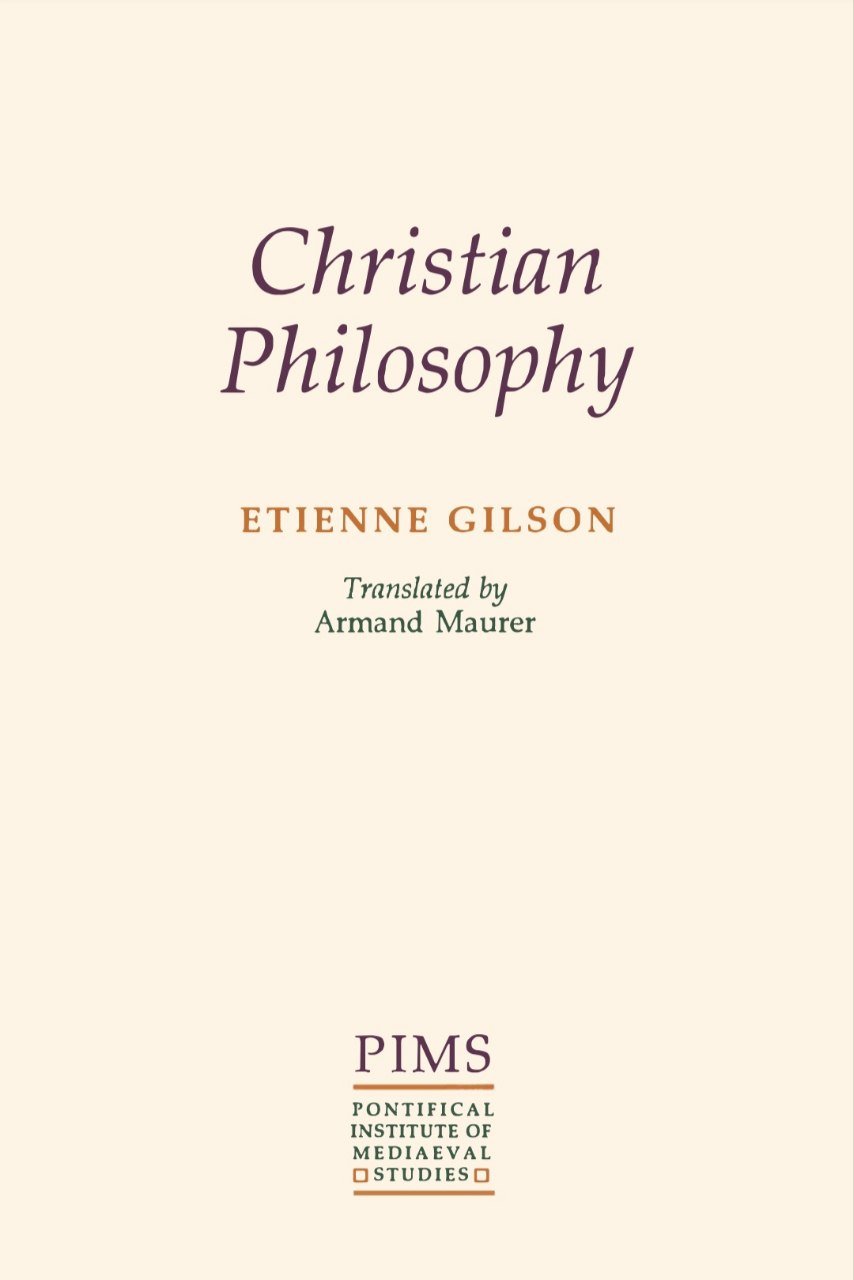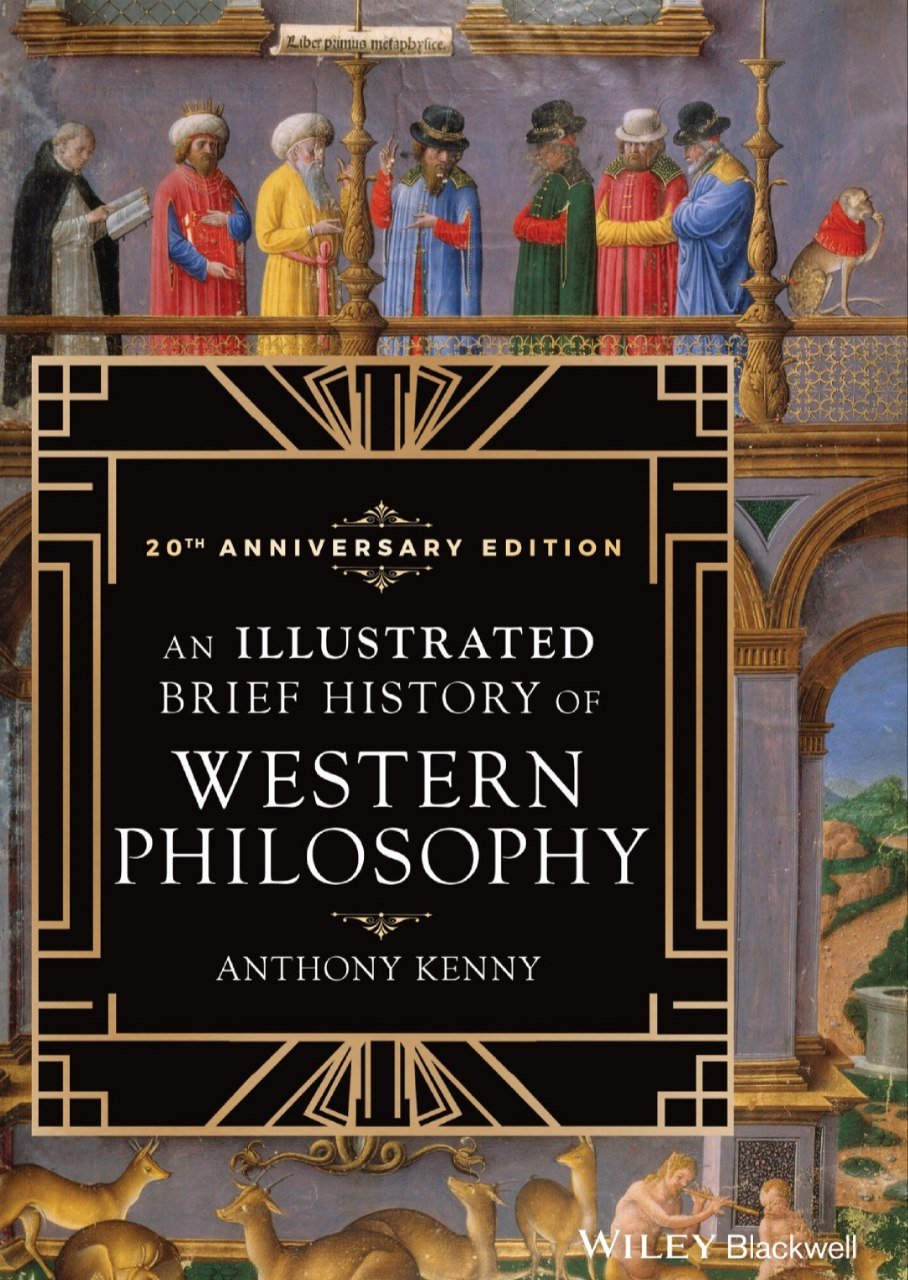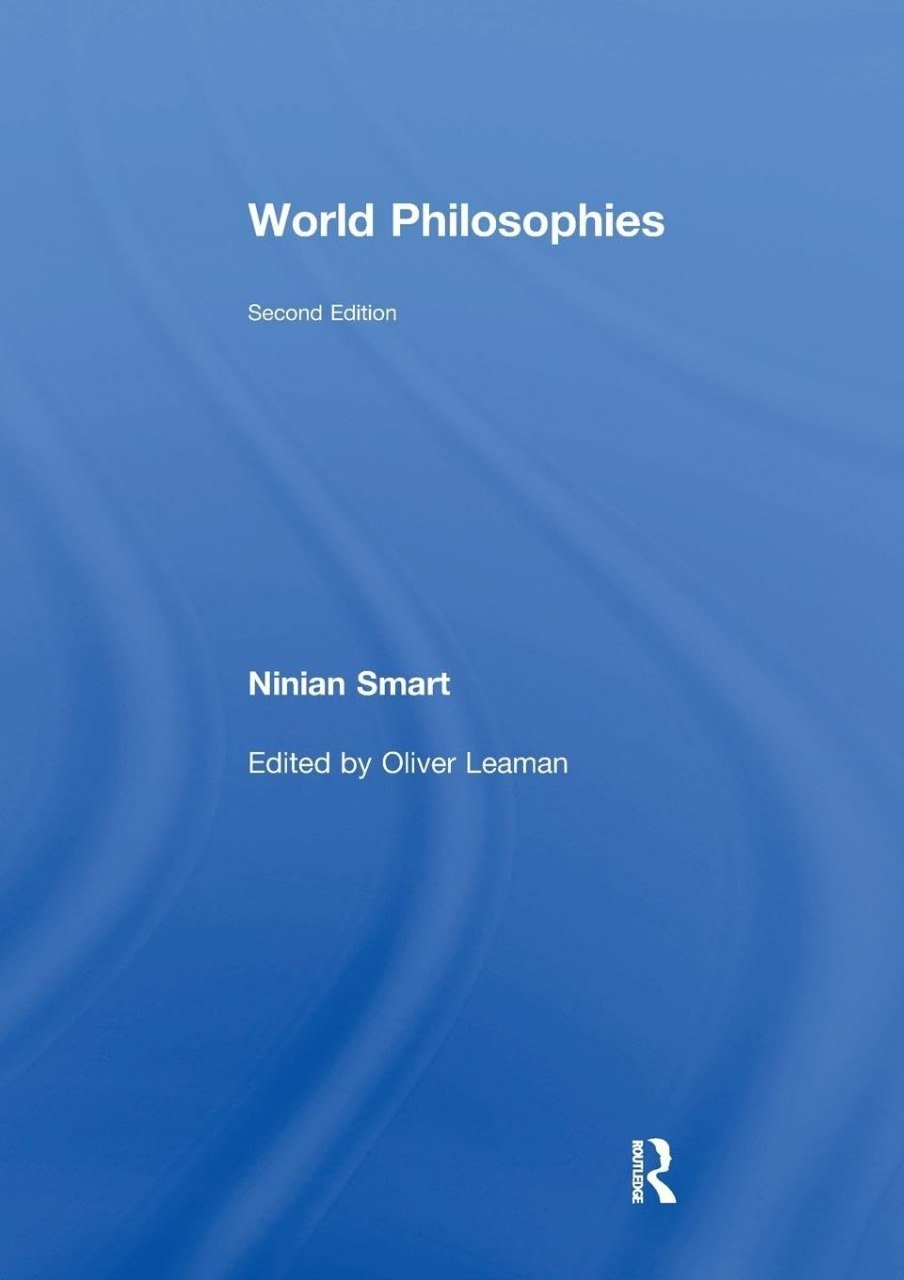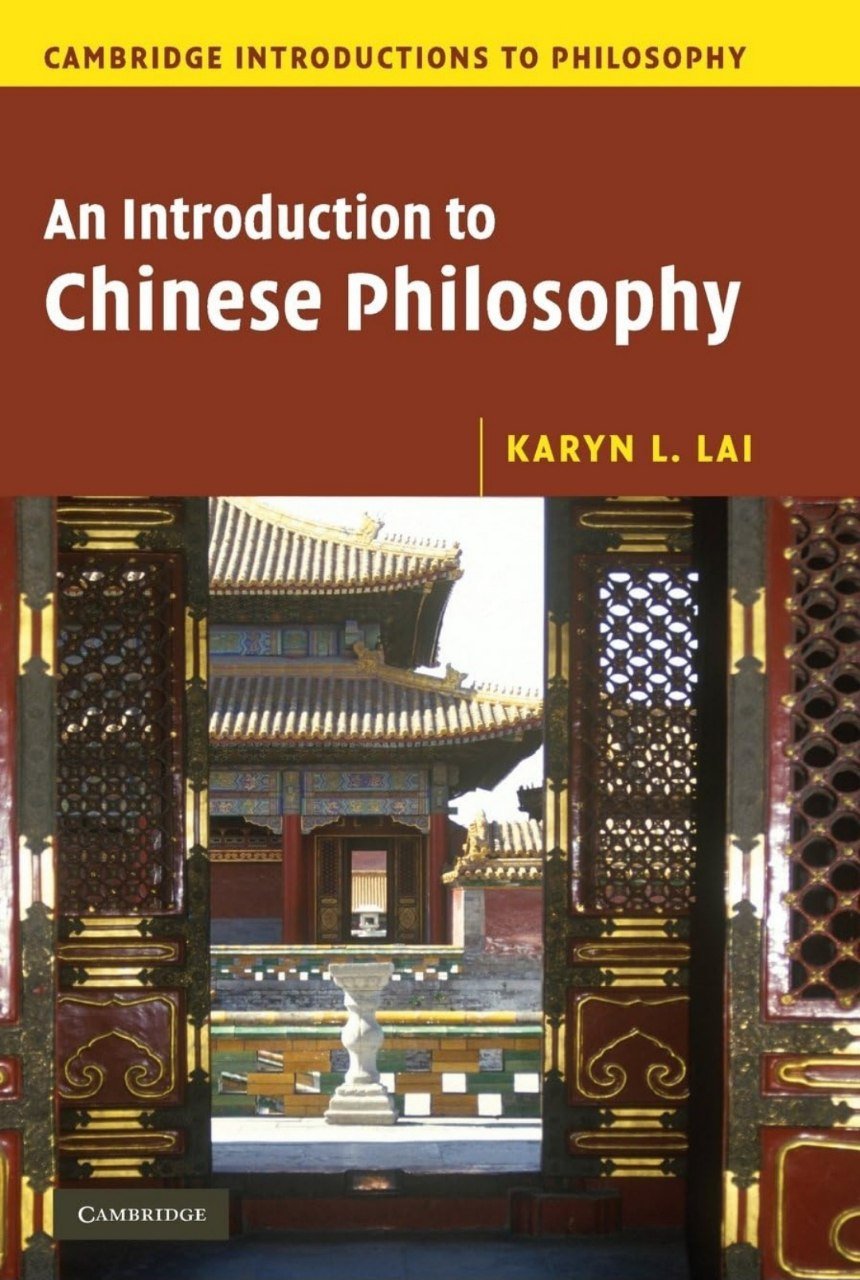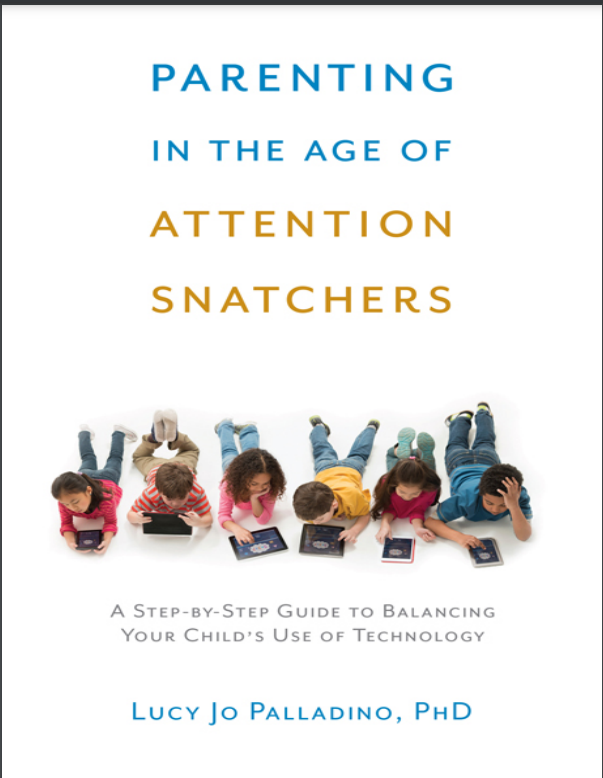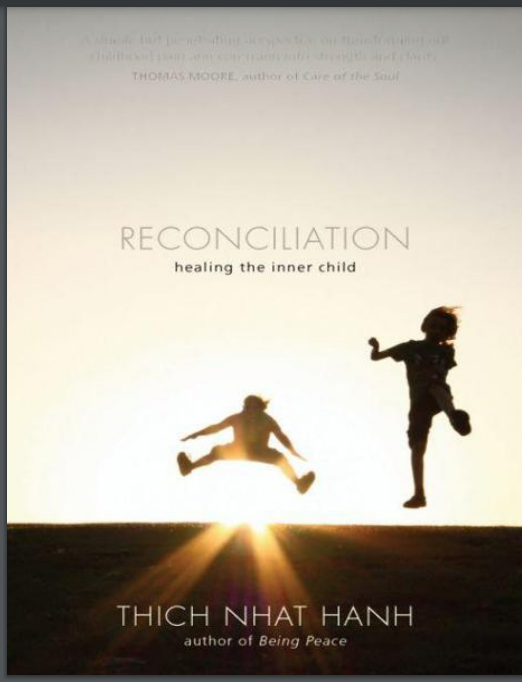

The Isles of the Many Gods
Reviews
No review yet. Be the first to review this book!
Description
"The Isles of the Many Gods: An A-Z of the Pagan Gods & Goddesses of Ancient Britain Worshipped During the First Millennium Through to the Middle Ages" is an insightful and comprehensive exploration of the rich and diverse pantheon of deities worshipped in ancient Britain, spanning from the early first millennium through the medieval period. This book delves into the spiritual and religious life of pre-Christian Britain, shedding light on the gods and goddesses that played central roles in the lives of its people. The book is organized alphabetically, providing entries on a wide variety of deities, from well-known figures to lesser-known gods and goddesses who were revered by the Celtic, Romano-British, and Anglo-Saxon peoples. Each entry offers a detailed description of the deity, including their attributes, functions, myths, and any available historical or archaeological evidence that relates to their worship. Additionally, the book explores the way these gods and goddesses were understood in different regions of Britain, and how their worship evolved over time, particularly as Roman influence and later Christianization began to shape the spiritual landscape of the Isles. One of the key strengths of the book is its emphasis on the diversity of deities worshipped in ancient Britain. The gods and goddesses of this period were not only associated with nature, fertility, and war but also with healing, the protection of communities, and even the transitions between life and death. These figures were deeply entwined with the lives of the people who worshipped them, and their presence can be felt in the many myths, legends, and rituals that have survived through the centuries. The book examines how the worship of these deities took place in sacred groves, temples, and other sites that were integral to the religious practices of the time. In addition to exploring individual gods and goddesses, the book also provides context for understanding the broader religious systems in which they were worshipped. It considers the role of rituals, the symbolism associated with different deities, and how the spiritual practices of ancient Britons connected them with the natural world. Through these discussions, readers gain a deeper understanding of the spiritual worldview of ancient Britain, one that was polytheistic and closely tied to the cycles of nature, the changing seasons, and the concept of divine influence in everyday life. The book also highlights the cultural and historical transitions that impacted the worship of these deities. As the Romans came to Britain, many of the native gods were syncretized with Roman deities, while others were displaced or absorbed into the Christian traditions that followed. This process of religious transformation is a central theme of the book, which explores how certain deities persisted in altered forms or were incorporated into local Christian practices and folklore. In conclusion, "The Isles of the Many Gods" provides a thorough and accessible guide to the pantheon of gods and goddesses worshipped in ancient Britain. By covering a wide range of deities and offering insights into their roles in the spiritual life of the people, this book serves as an invaluable resource for those interested in the ancient religions of Britain, the cultural history of the Isles, and the enduring legacy of these deities in the myths, folklore, and traditions of the region.























.png)
.jpg)

.jpg)

.jpg)







.jpeg)




.jpeg)











.jpg)














.jpeg)


.jpg)





.jpg)

.jpeg)


.jpg)
.jpg)







.jpeg)












